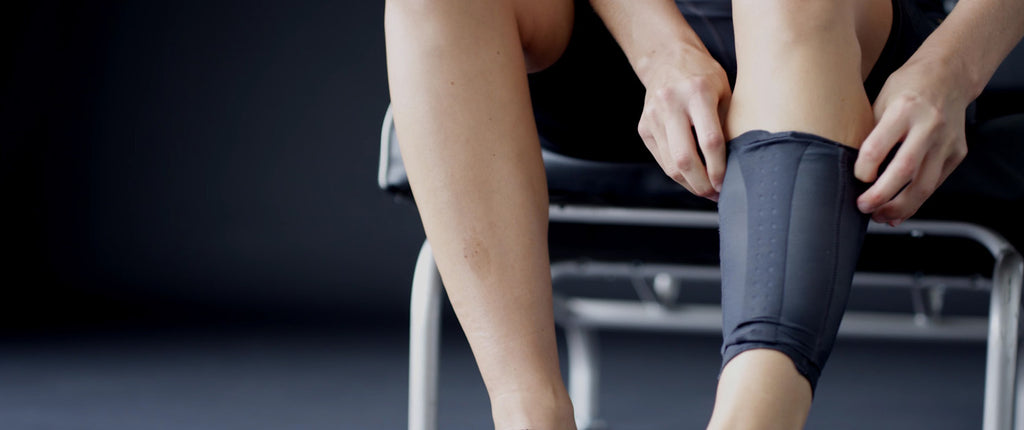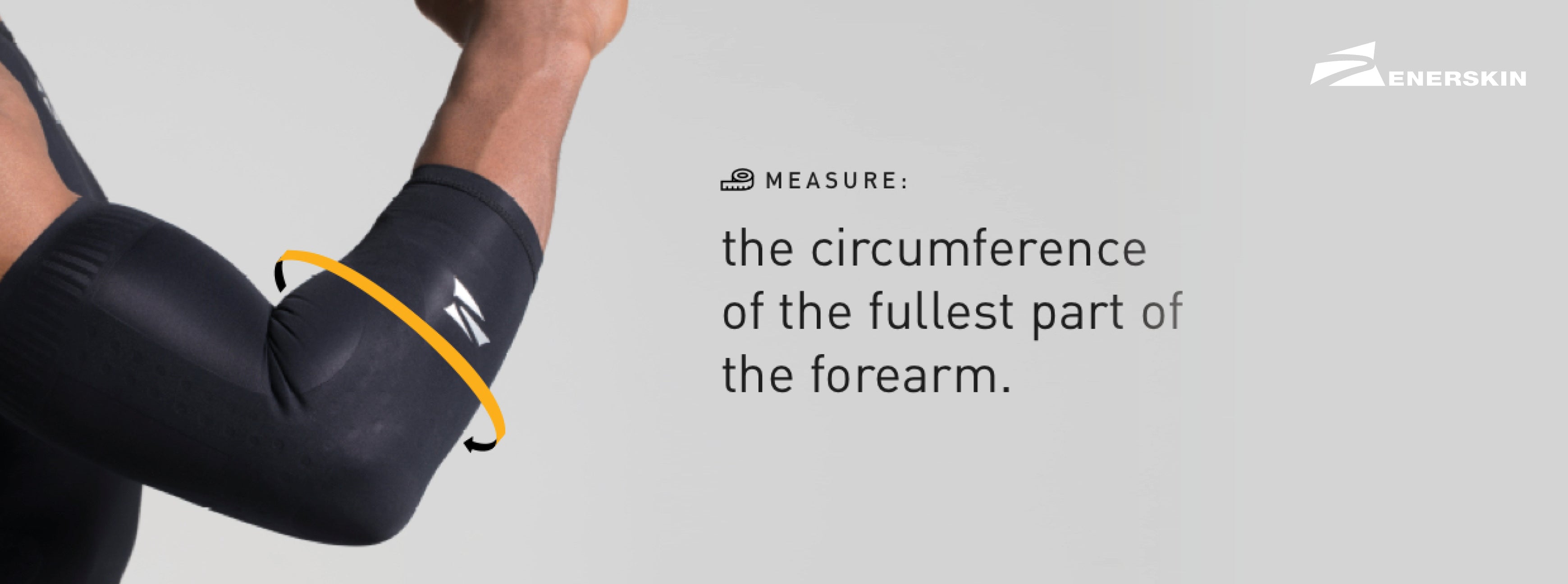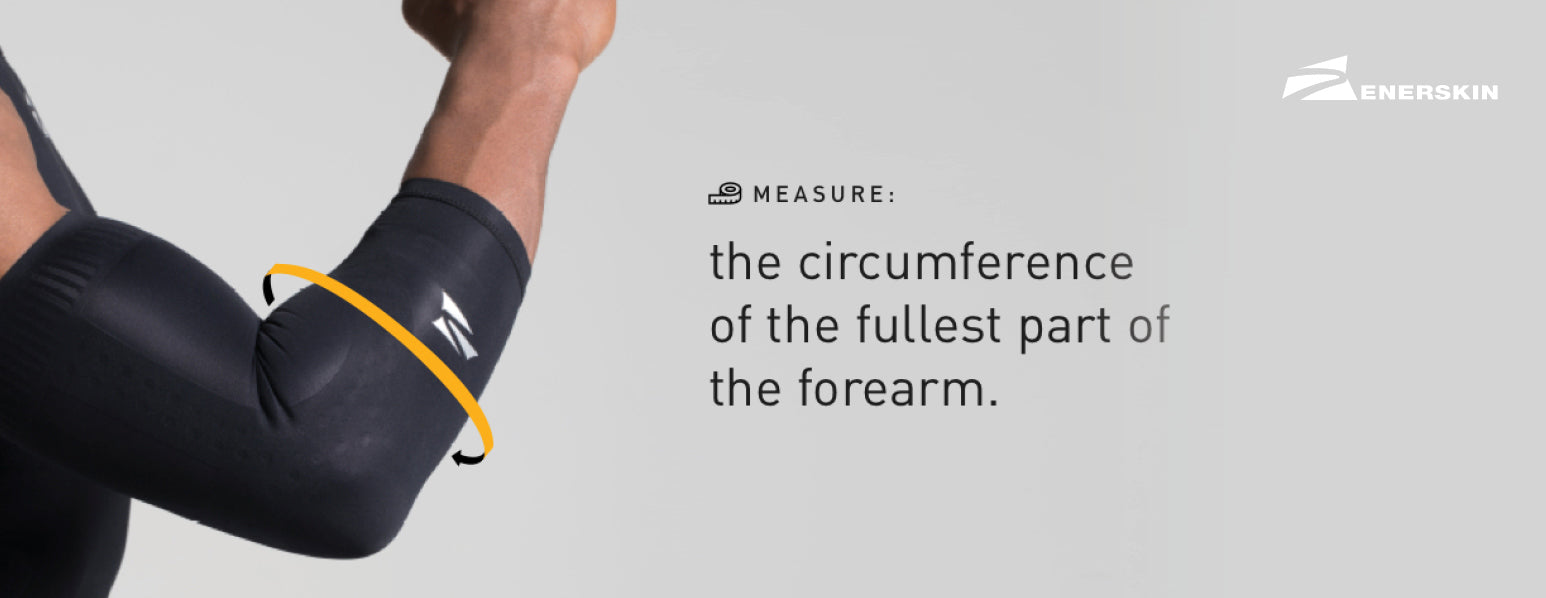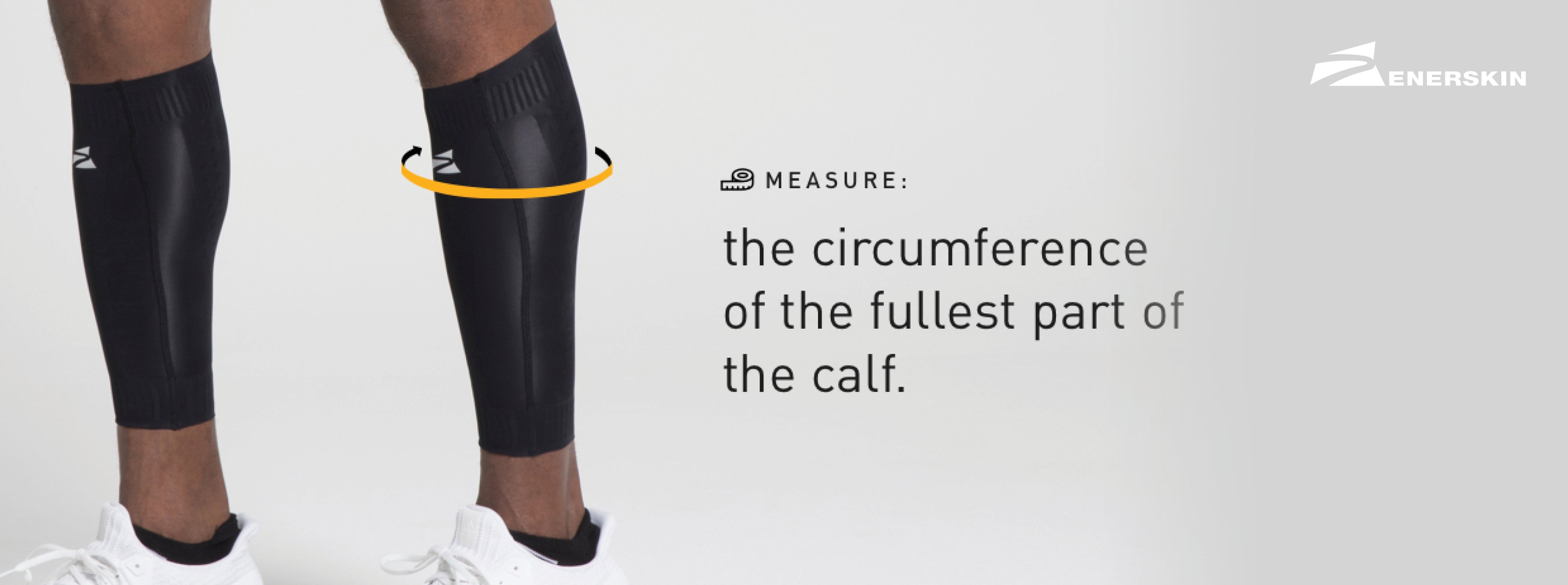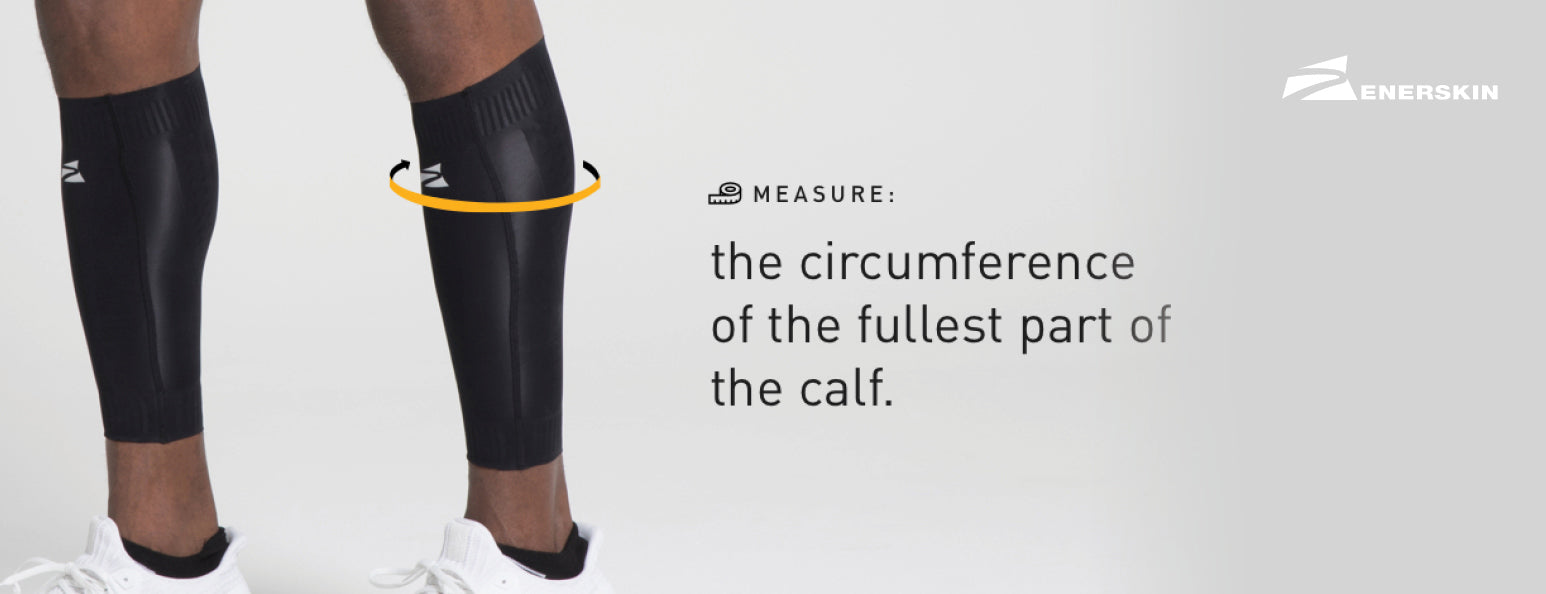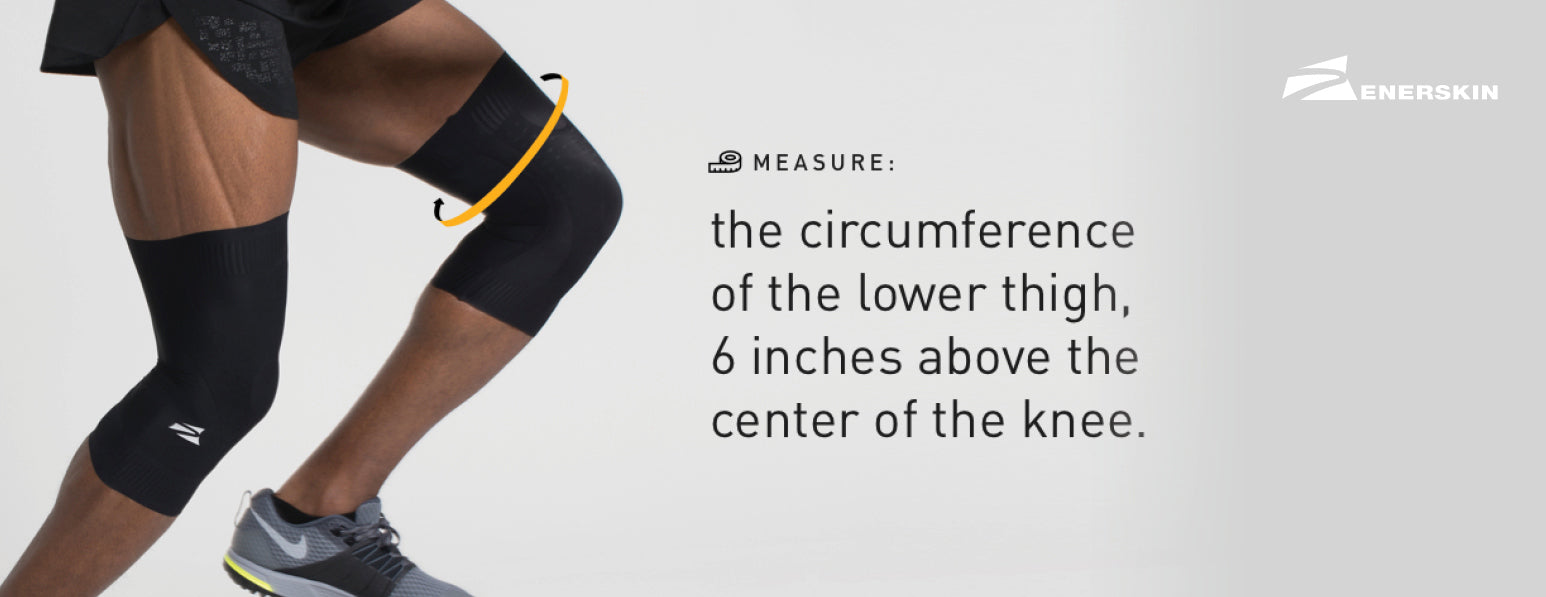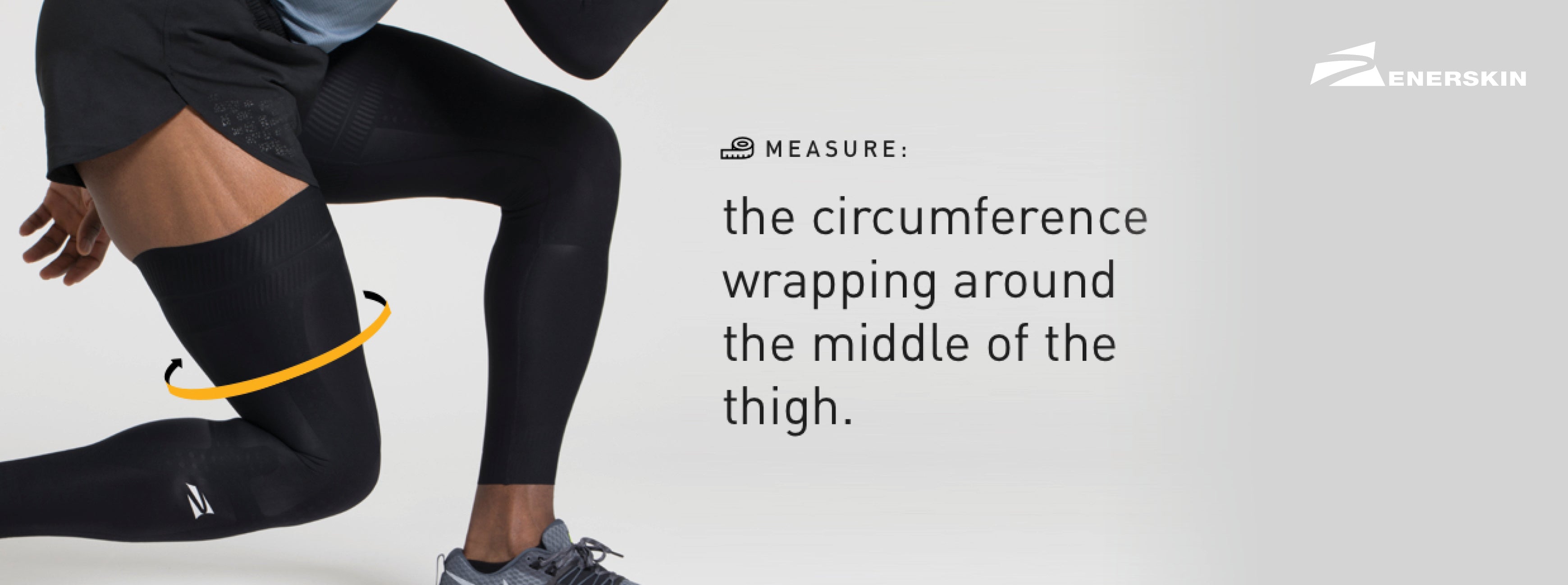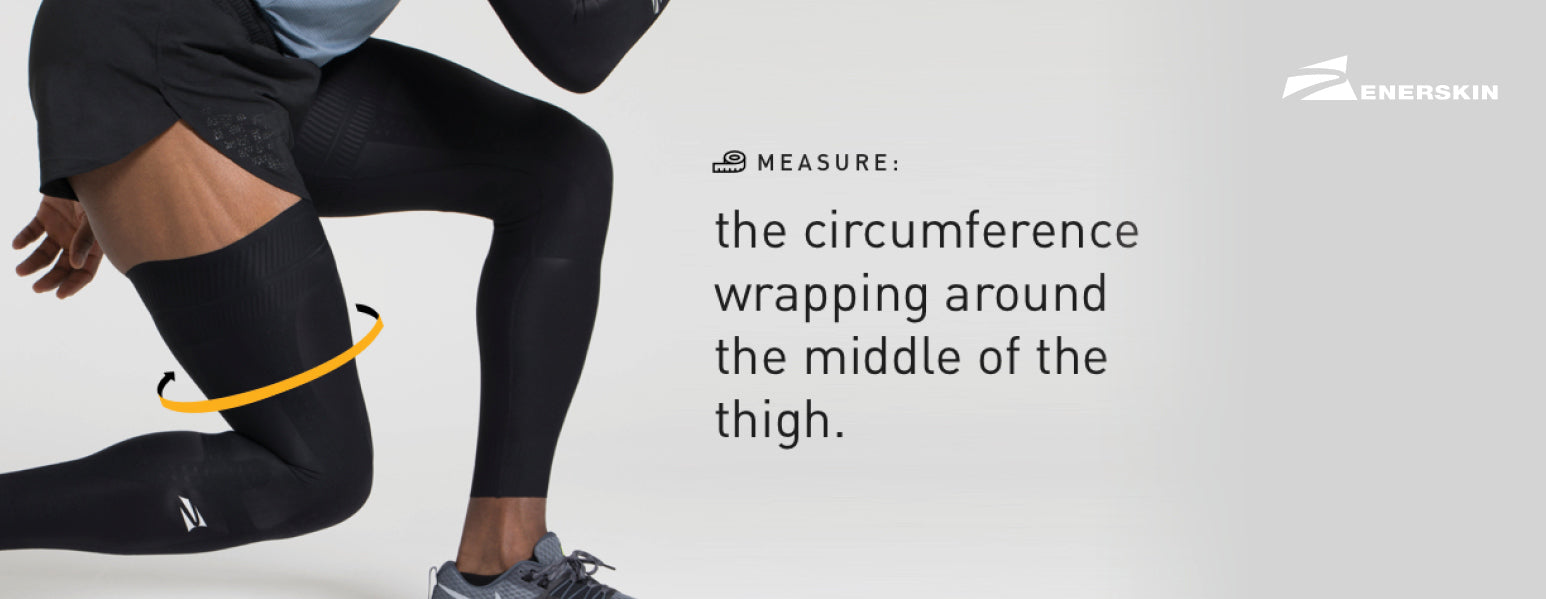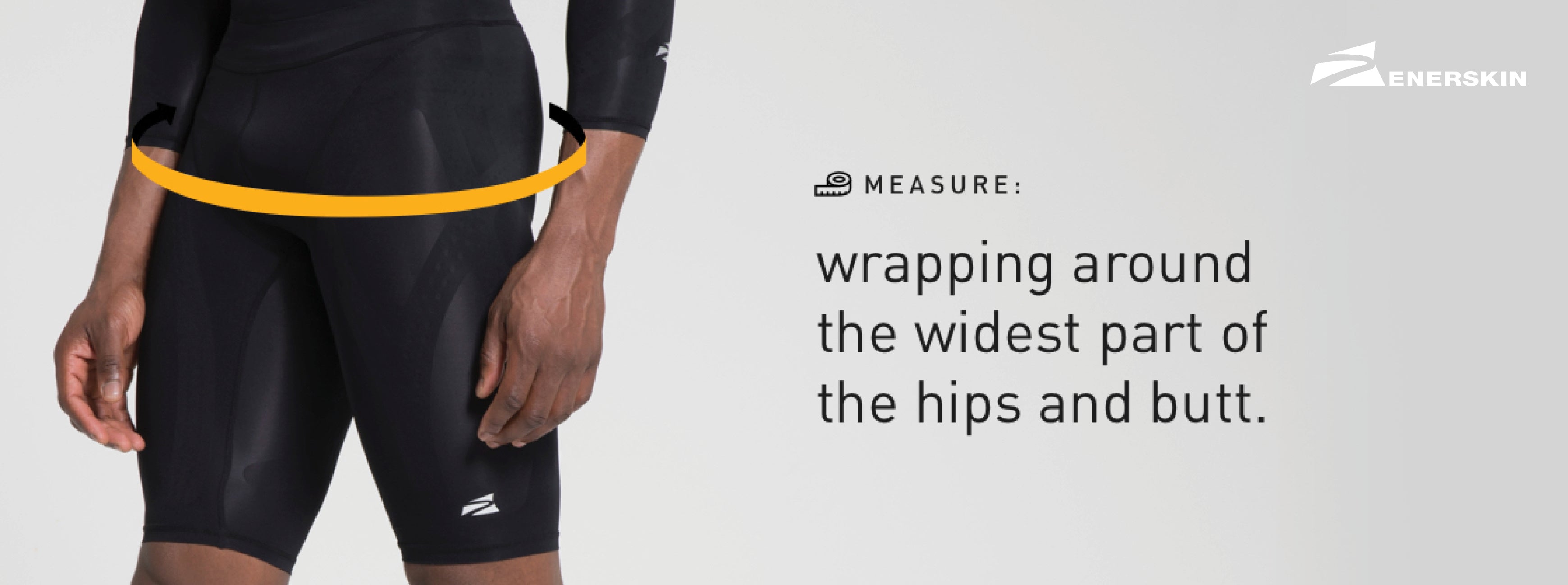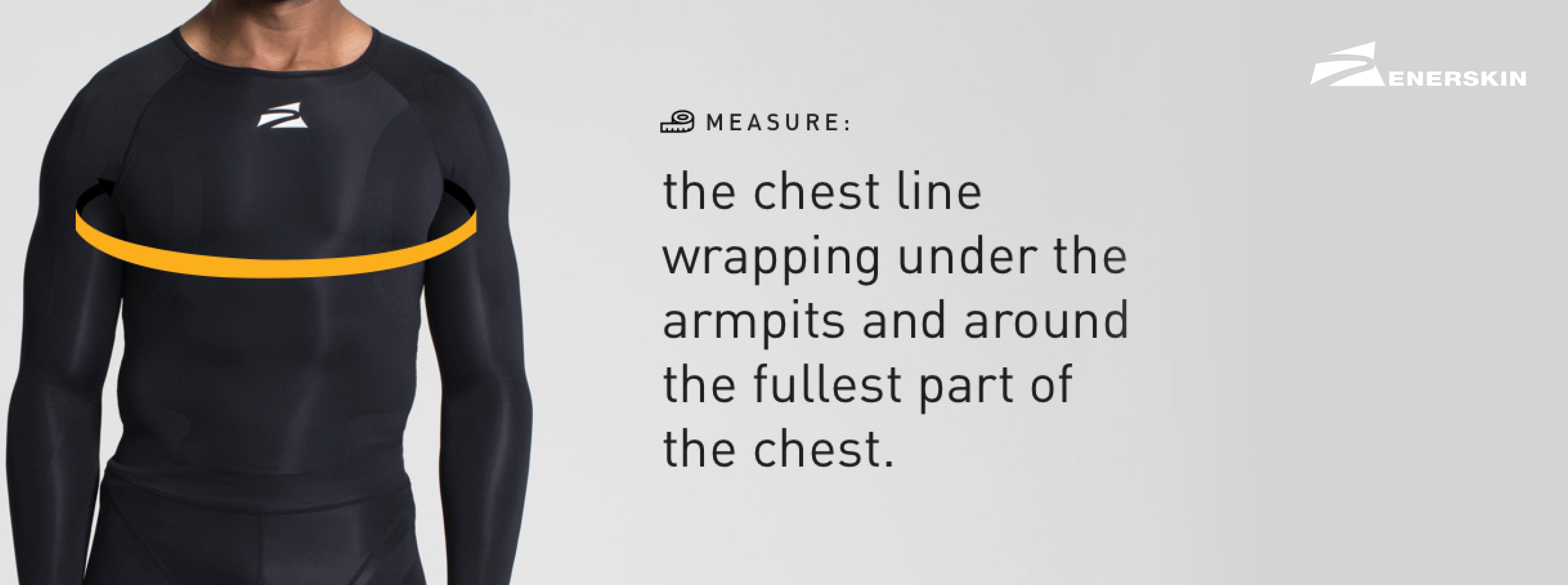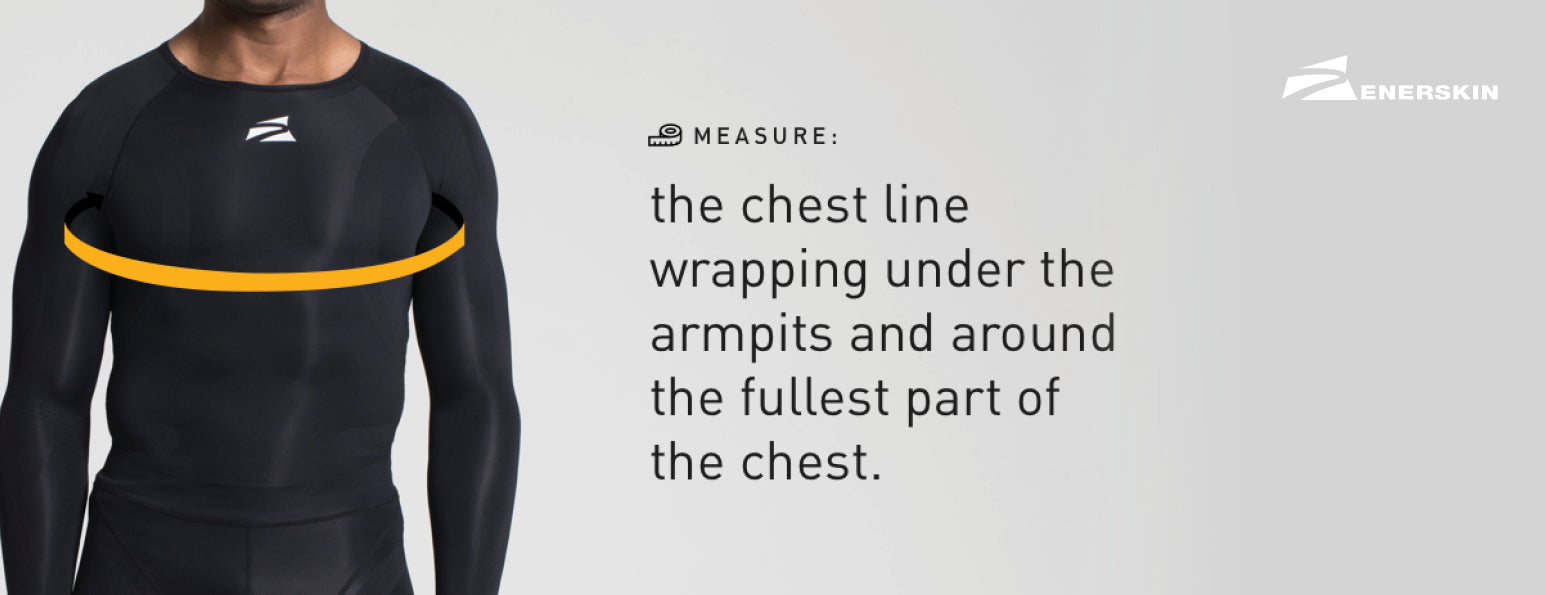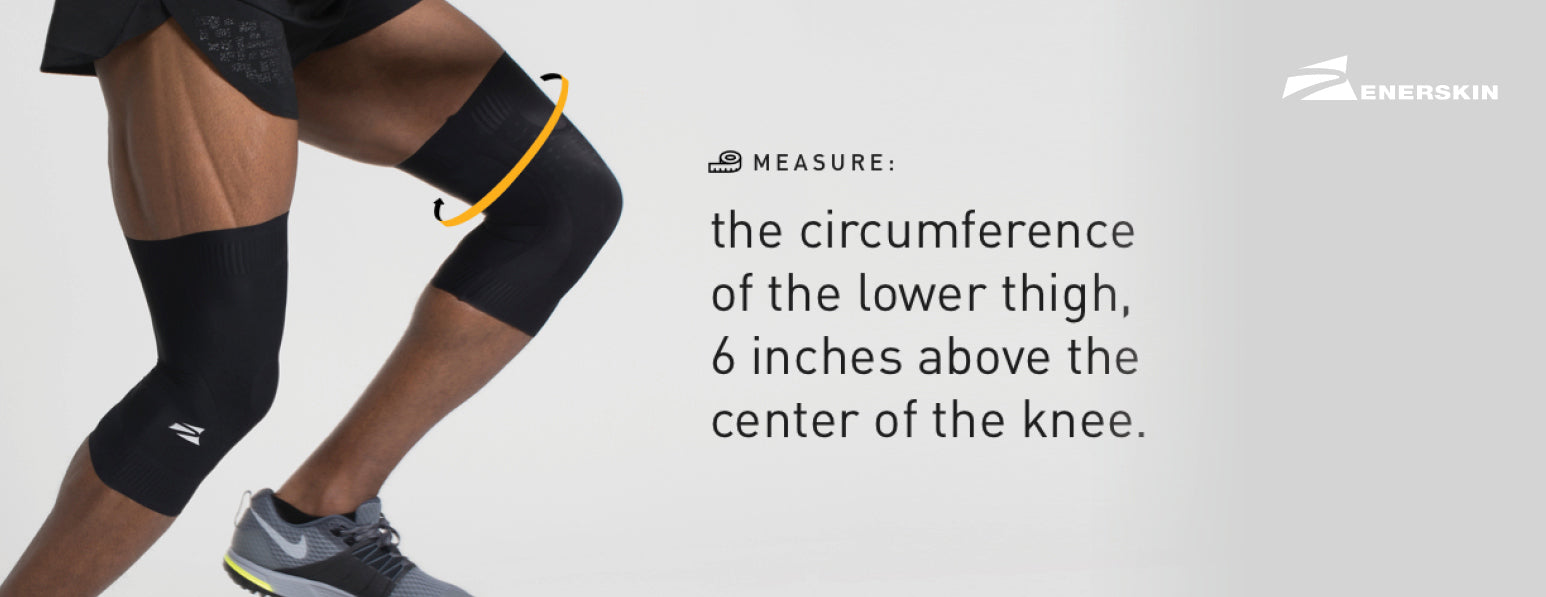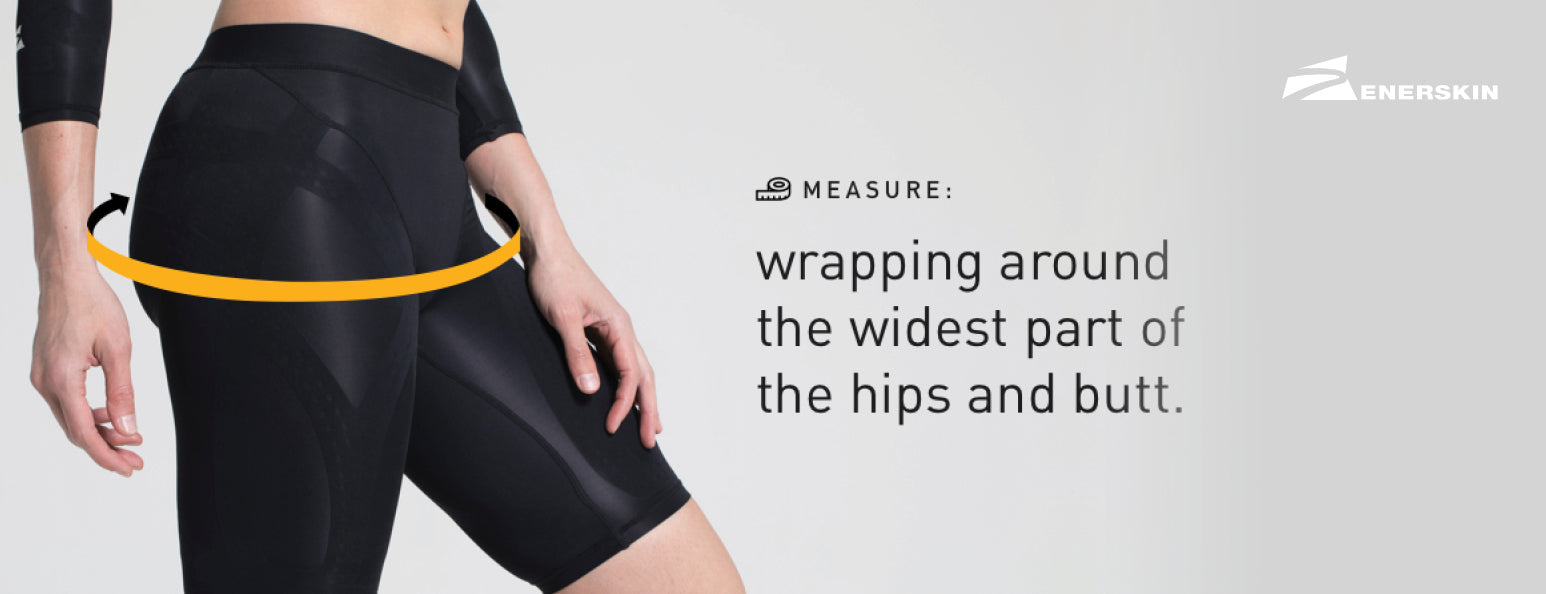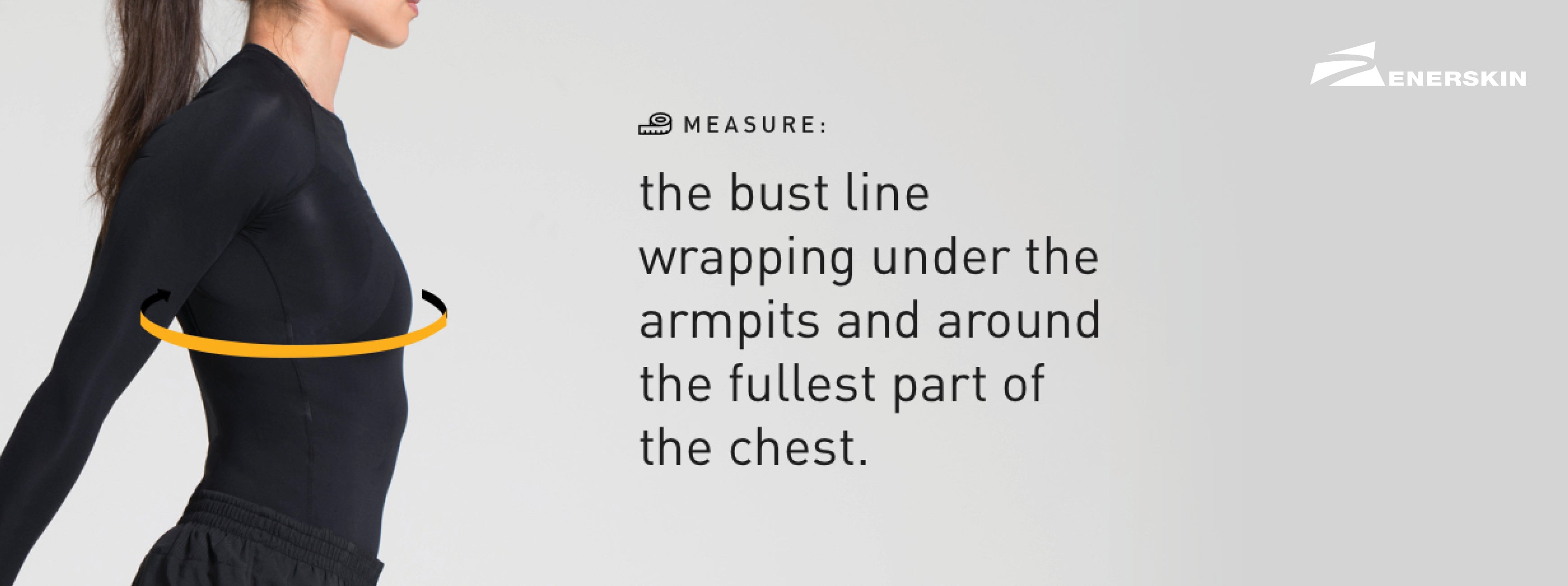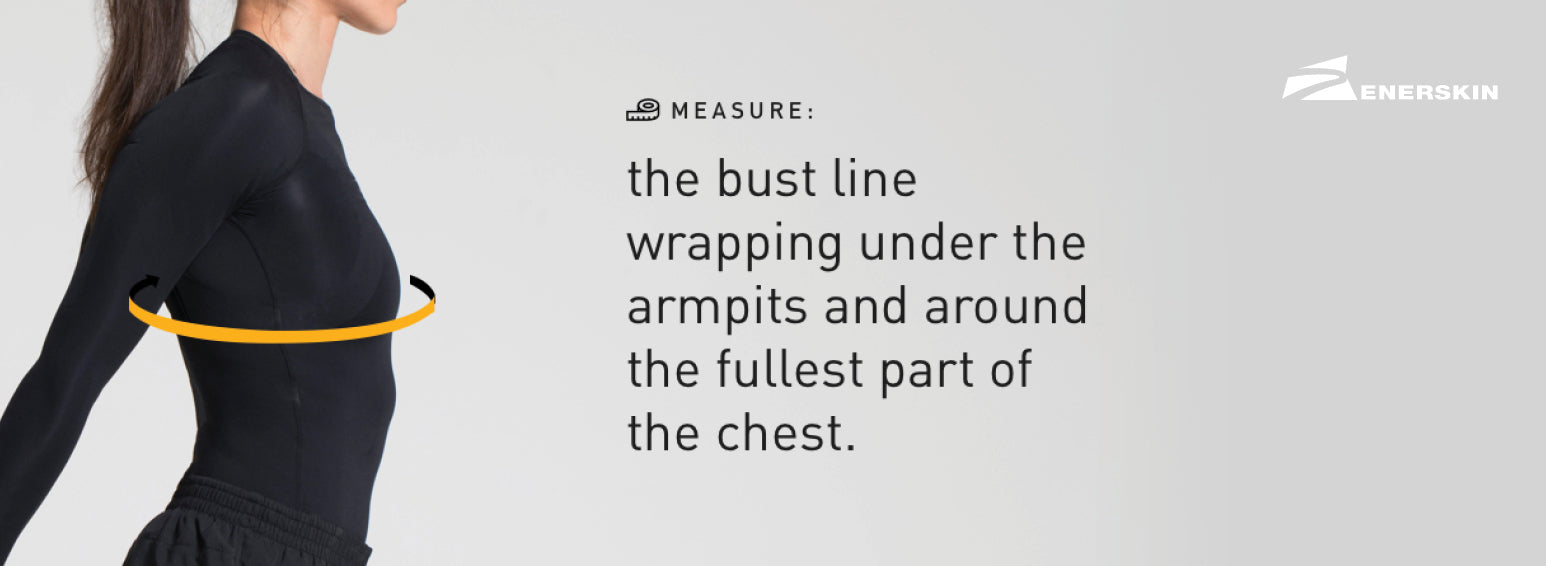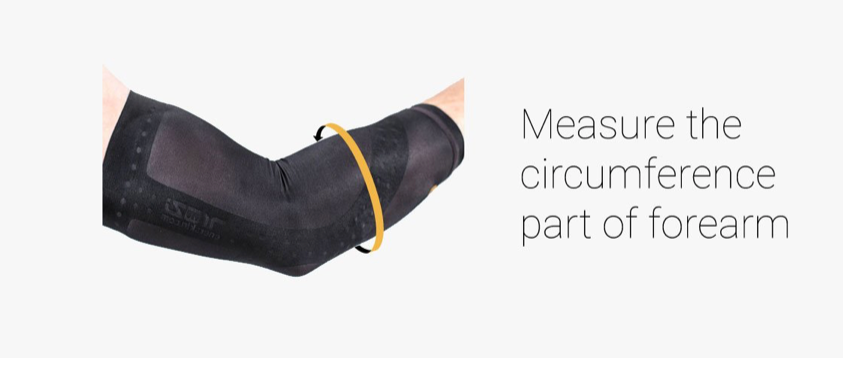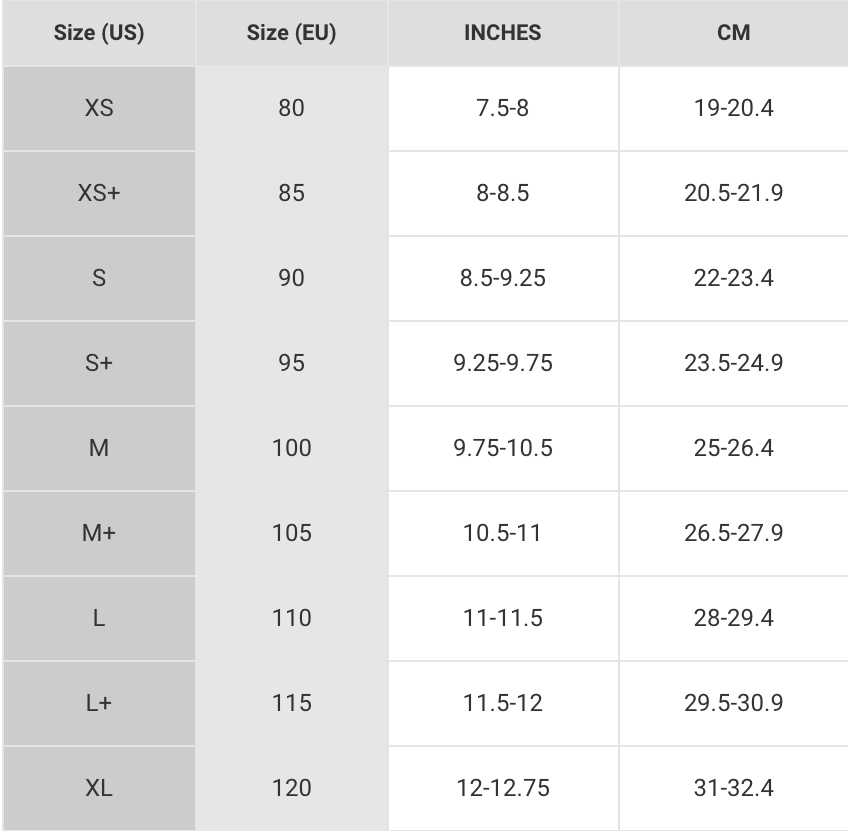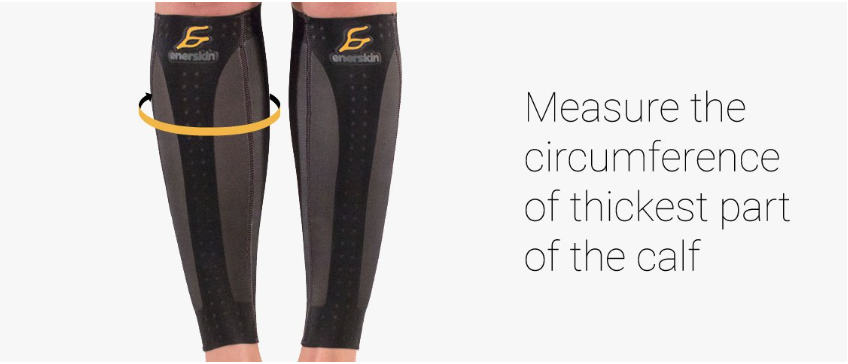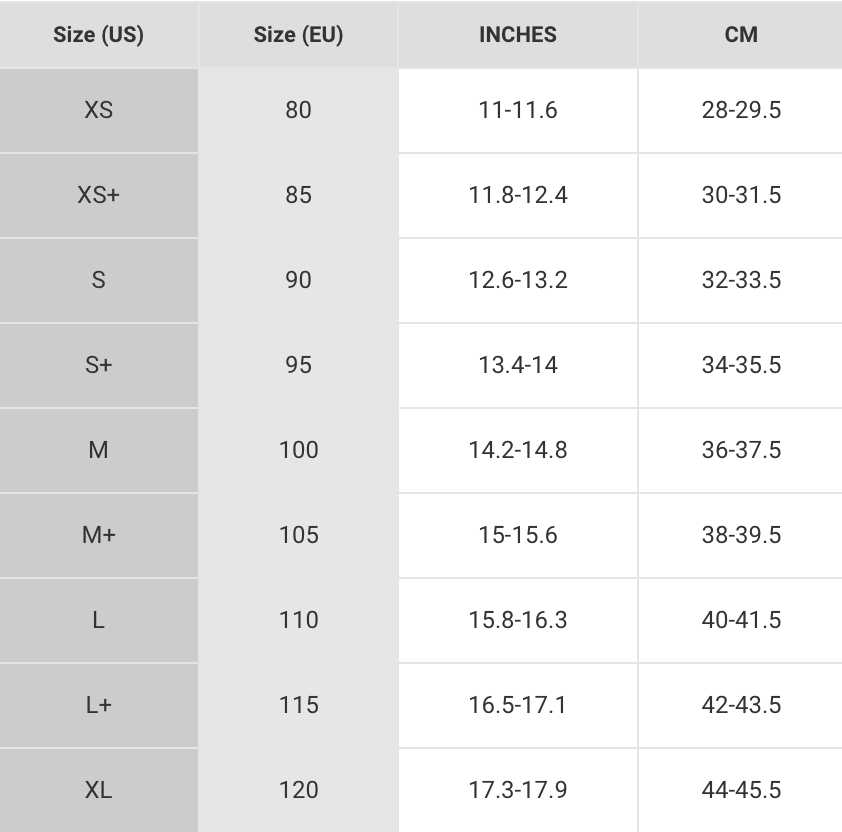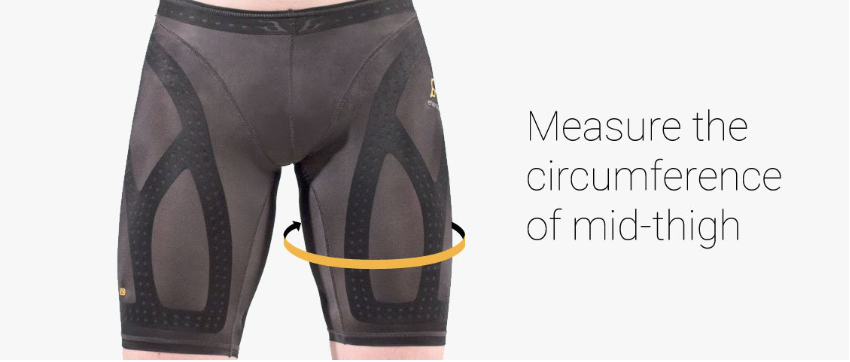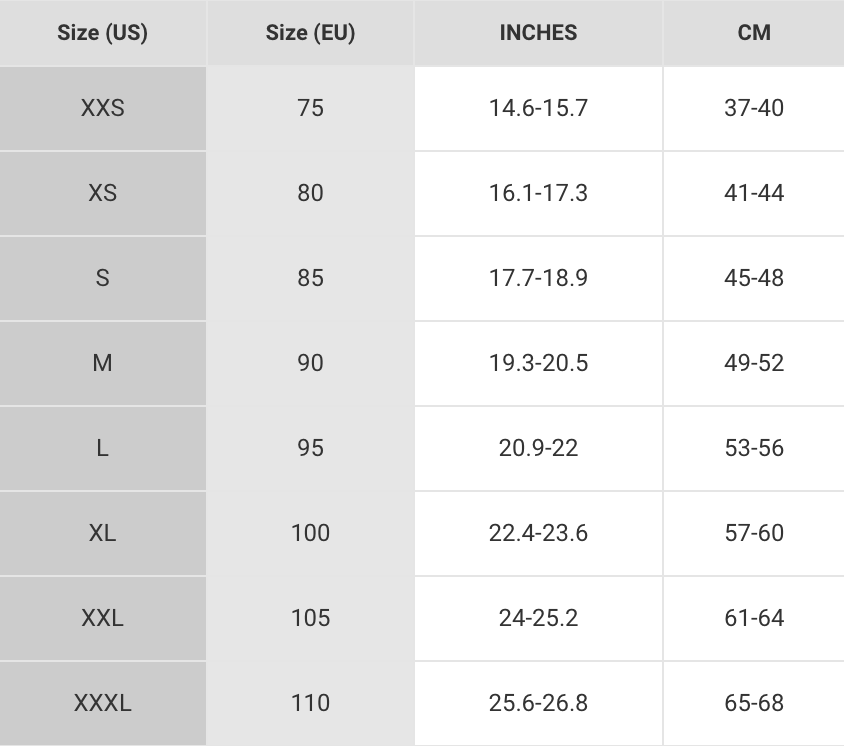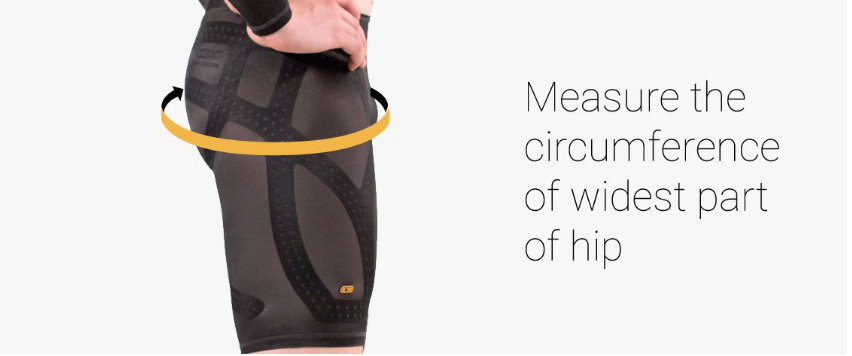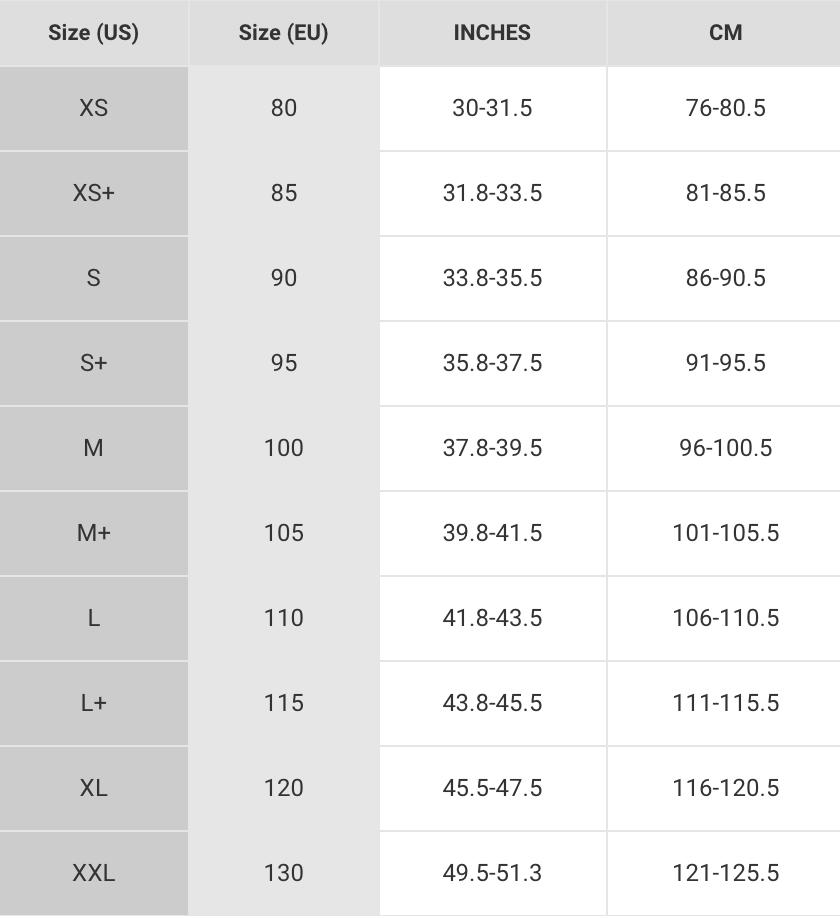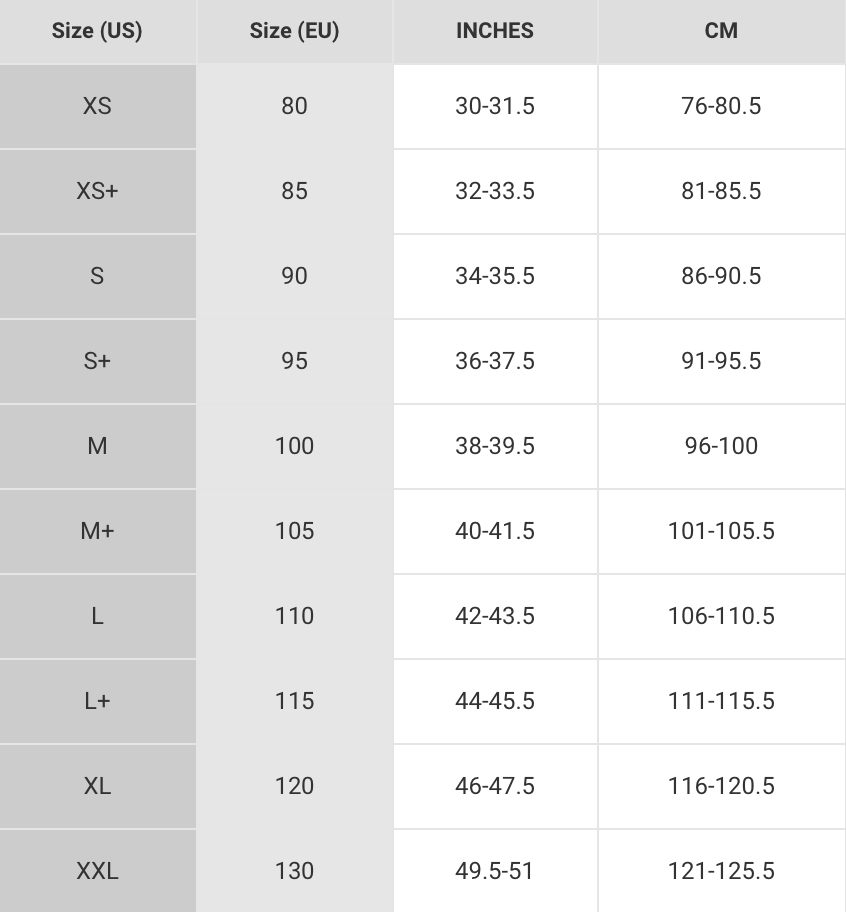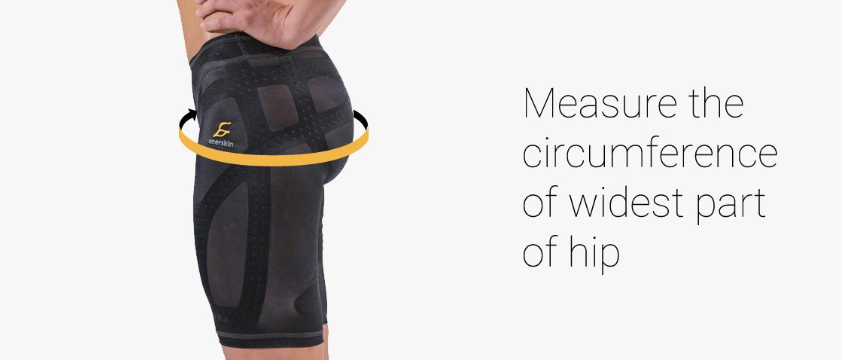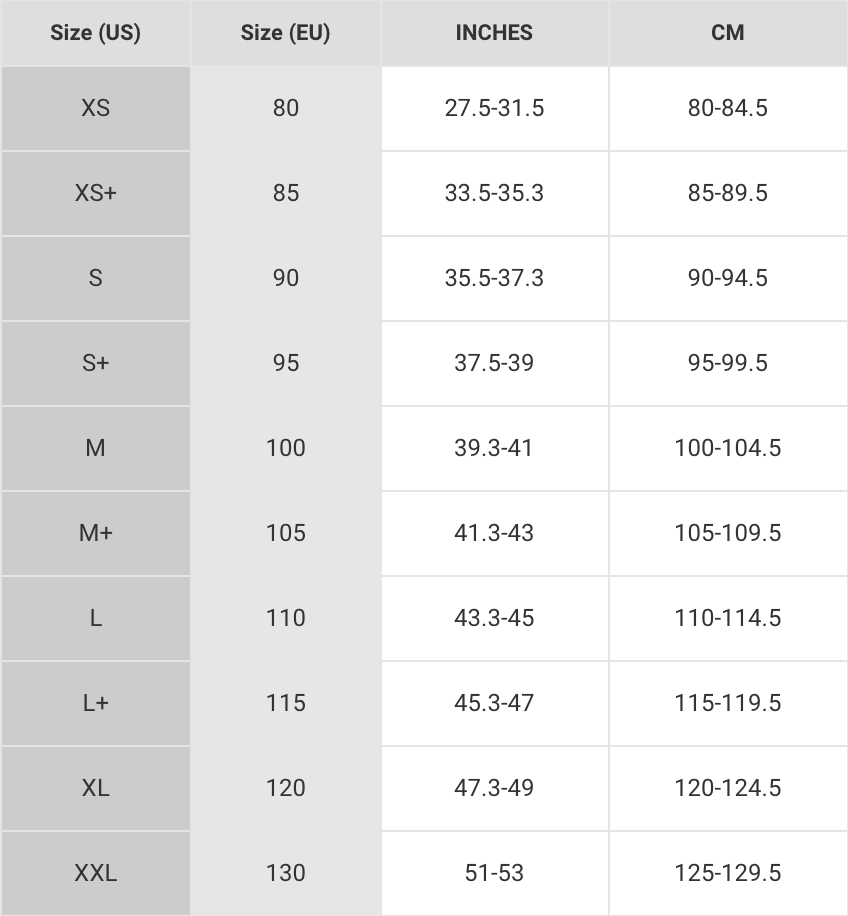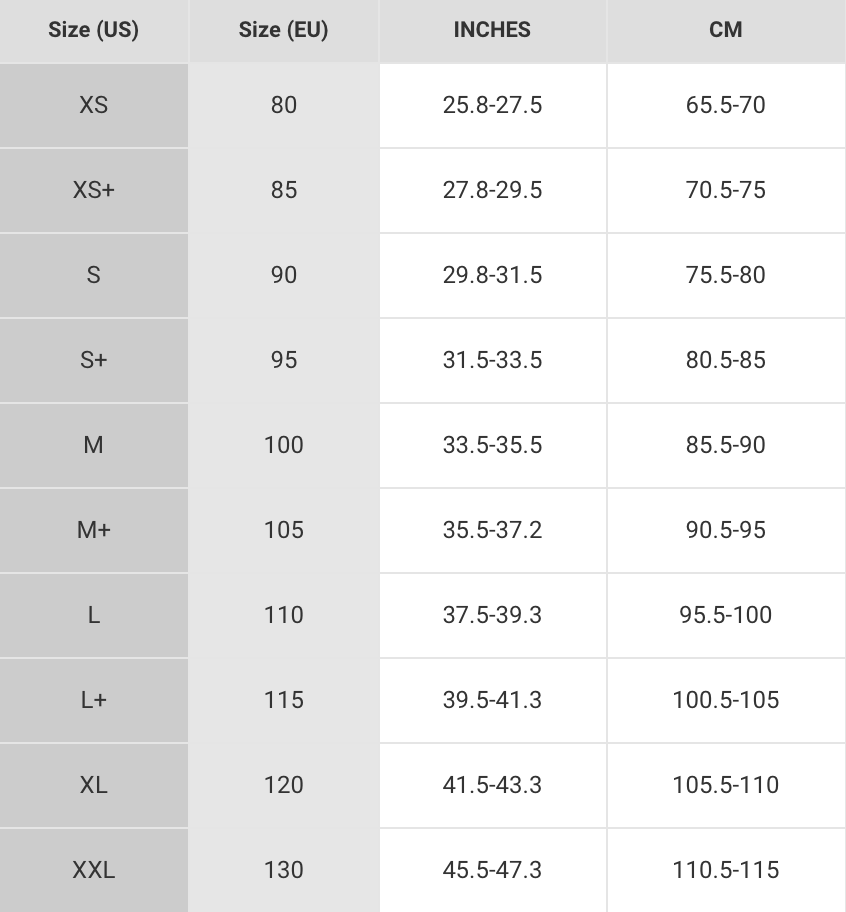Compression Sportswear Fabric Materials
Forget cotton.
When it comes to athletic sportswear, synthetic fabrics are the way to go. Synthetic fabrics such as nylon and polyester have come a long way from the days of their invention in the early 20th century. Today, athletes prefer synthetic fabrics over cotton because they offer better moisture-wicking properties and breathability than cotton, while still providing all-day comfort and support.
In this week’s post, we’ll be covering the benefits of synthetic fabrics. With this information in mind, you’ll be better equipped for future sportswear purchases in a crowded and oftentimes confusing marketplace.
Moisture Management

One of the biggest benefits of synthetic fabrics over cotton when it comes to sports and athletic activity is the ability to wick away sweat. Think back to the time when your cotton t-shirt was soaked on a theme park water ride and how long it took for that shirt to dry.
With synthetic fabric, that drying time is significantly reduced because these types of fabrics absorb less water, or none at all. By moving more moisture to the surface of the shirt, synthetic fabrics help evaporate sweat more quickly, cooling you down and preventing your shirt from getting weighed down with perspiration.
Polyester is hydrophobic, meaning it is virtually non-absorbent. Similarly, nylon absorbs only 3-4% of water. Compare that to cotton, which can absorb up to 25 times its weight in water!
Durability
When you’re exercising, you’re probably twisting, turning, jumping, and even falling. It’s not surprising that sportswear needs to be designed tough. While cotton is a durable material, synthetic fabrics really shine when it comes to sports and an active lifestyle.

Synthetic materials such as polyester and nylon are strong and abrasion resistant, meaning they’ll last longer even when subjected to abuse and the elements. Nylon fibers have the added benefit of oil-resistance, making nylon more durable than polyester.
Comfort

As mentioned earlier, synthetic fabrics have come a long way since their invention in the early 20th century. A common complaint back in the day with synthetic fabrics was that they’re not as comfortable as cotton.
With advances in technology, synthetic fibers are now soft and no longer scratchy or constricting. While people may still prefer the feel of cotton, polyester and nylon are the logical choices for athletic activity - they are lighter, more sweat resistant, and can feel just as soft as cotton.
Another game changer is the use of spandex with polyester and nylon in sportswear. Spandex is another synthetic fiber that adds significant strength and elasticity to polyester and nylon sportswear. It can stretch up to 5 times its length and provide additional comfort even for all-day activities.
Enerskin E75 Fabric Composition
Enerskin is one of the first compression sportswear companies to release fabric composition. Our E75 line of compression gear is composed of 65% nylon and 35% spandex. Our revolutionary Enerflex fabric was carefully tested and developed to provide the exceptional hold of professional-grade compression with superior comfort even during the hardest workouts.

While much of the compression sportswear on the market today has a spandex composition of 15-20%, Enerskin compression sportswear has a higher spandex composition for enhanced tension that’s easier to put on and wear.
Enerskin is excited to be offering professional-grade athletic gear to anyone that wants to up their own sports, training, or recovery regimen. We put our money where our mouth is and have backed up our products with the highest-quality materials, compression, and research trials since day one.
Sources:
https://www.cheatsheet.com/gear-style/pros-cons-activewear-fabric.html/
https://lightheartgear.com/blogs/news/polyester-vs-nylon-clothing-for-hiking
https://www.livestrong.com/article/414298-comparison-of-fabric-for-exercise-clothing/
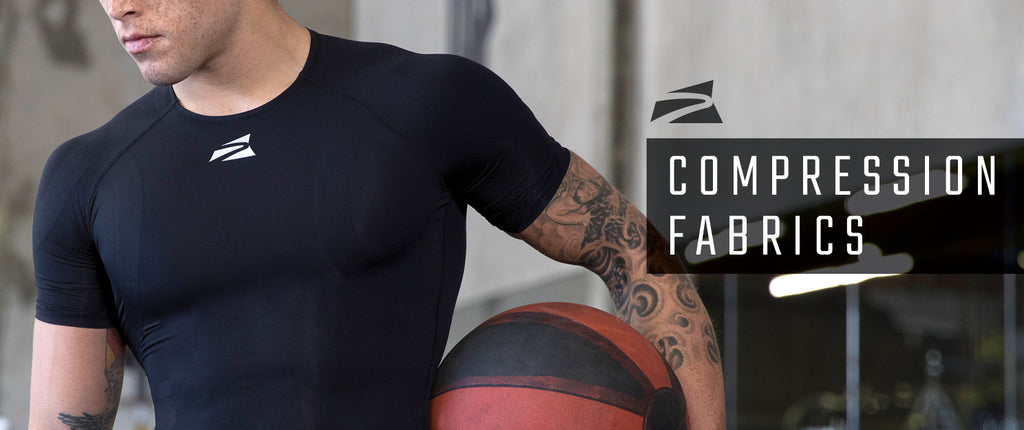
you may also like


